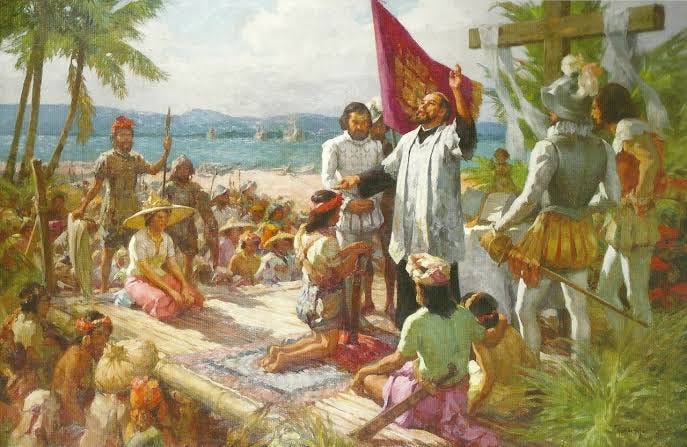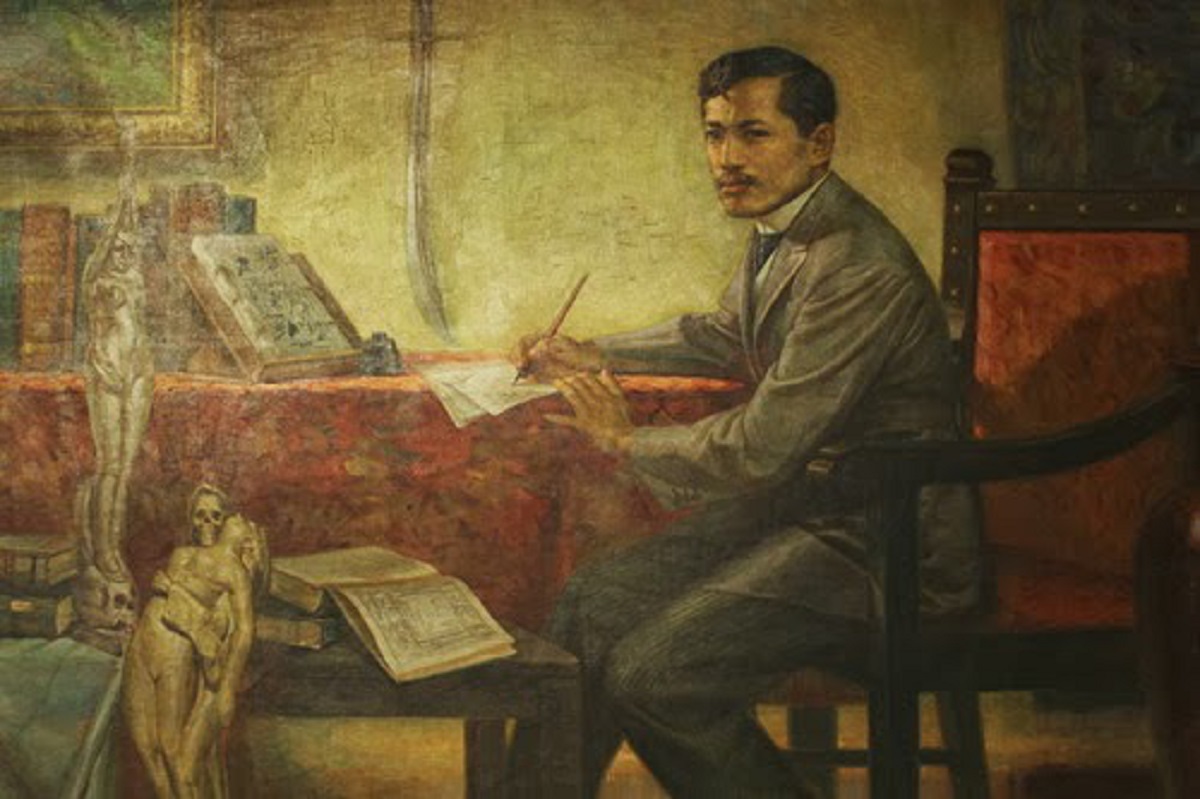Mabuhay ang Pilipinas!
Roughly 500 years ago, a foreign nation, namely the Spanish,
made landfall in the town of Cebu. Many natives fought and spilt blood for
the sake of their land. The natives were eventually pushed back, and the
Spanish were victorious, they then proceeded to claim the land as part of their
nation. Relations formed, and blood was dispersed and spread all around the
country.
On December 10, 1941, Japan launched an invasion on the Philippines, capturing Manila. The Japanese had seized complete control of the Philippines. Everything went to hell. In October 1944, American troops returned to the Philippines and recaptured Manila. The Philippines gained independence on July 4, 1946. After the country's independence, Manuel Roxas became its first president. The Philippines gained independence on July 4, the same day as the United States, but Filipinos consider June 12 to be their true independence day.
One of the most significant events in Philippine history is the proclamation of independence. For hundreds of years, the country was colonized by several nations, and eventually attaining the independence they desired after all the losses and sacrifices is a major accomplishment. May we not lose sight of the holiday's historical importance as we celebrate it. Our warriors put their lives on the line, therefore let us remember their sacrifices. Let us also demonstrate our love for our nation, and last but not least, let us raise understanding of Filipino history and culture. For the Philippines, independence is the most important event in its history.
Sources:
https://www.usphsociety.org/wp-content/uploads/2020/06/1898-june-12-proclamation-of-philippine-independence-in-kawit-cavite-e1591718668828.jpg
https://miro.medium.com/max/1374/1*kOQ9PzM_N4pD0_jTuAW4NQ.jpeg
https://www.joserizal.com/wp-content/uploads/2013/09/jose-rizal-writing.jpg
https://www.gannett-cdn.com/-mm-/e800e03683f15def1bf8546b75ffaa0759f1c808/c=0-48-639-409/local/-/media/2017/04/07/TXNMGroup/LasCruces/636271948332399559-March-of-Death---Resting-02.jpg
https://tribune.net.ph/wp-content/uploads/2019/02/PHOTO-16-copy.jpg
https://lifestyle.inquirer.net/files/2021/02/Lifestyle125906.jpg
https://artsandculture.google.com/entity/japanese-occupation-of-the-philippines/m04y5fzp?hl=en#:~:text=The%20Japanese%20occupation%20of%20the,the%20attack%20on%20Pearl%20Harbor.
https://en.wikipedia.org/wiki/Americans_in_the_Philippines#:~:text=The%20period%20of%20American%20colonialization,of%20Philippine%20independence%20in%201946.
https://en.wikipedia.org/wiki/History_of_the_Philippines_(1565%E2%80%931898)
https://en.wikipedia.org/wiki/Philippine_Declaration_of_Independence
https://en.wikipedia.org/wiki/Philippine_Revolution
https://nhcp.gov.ph/jose-rizal-and-the-revolution/





Comments
Post a Comment